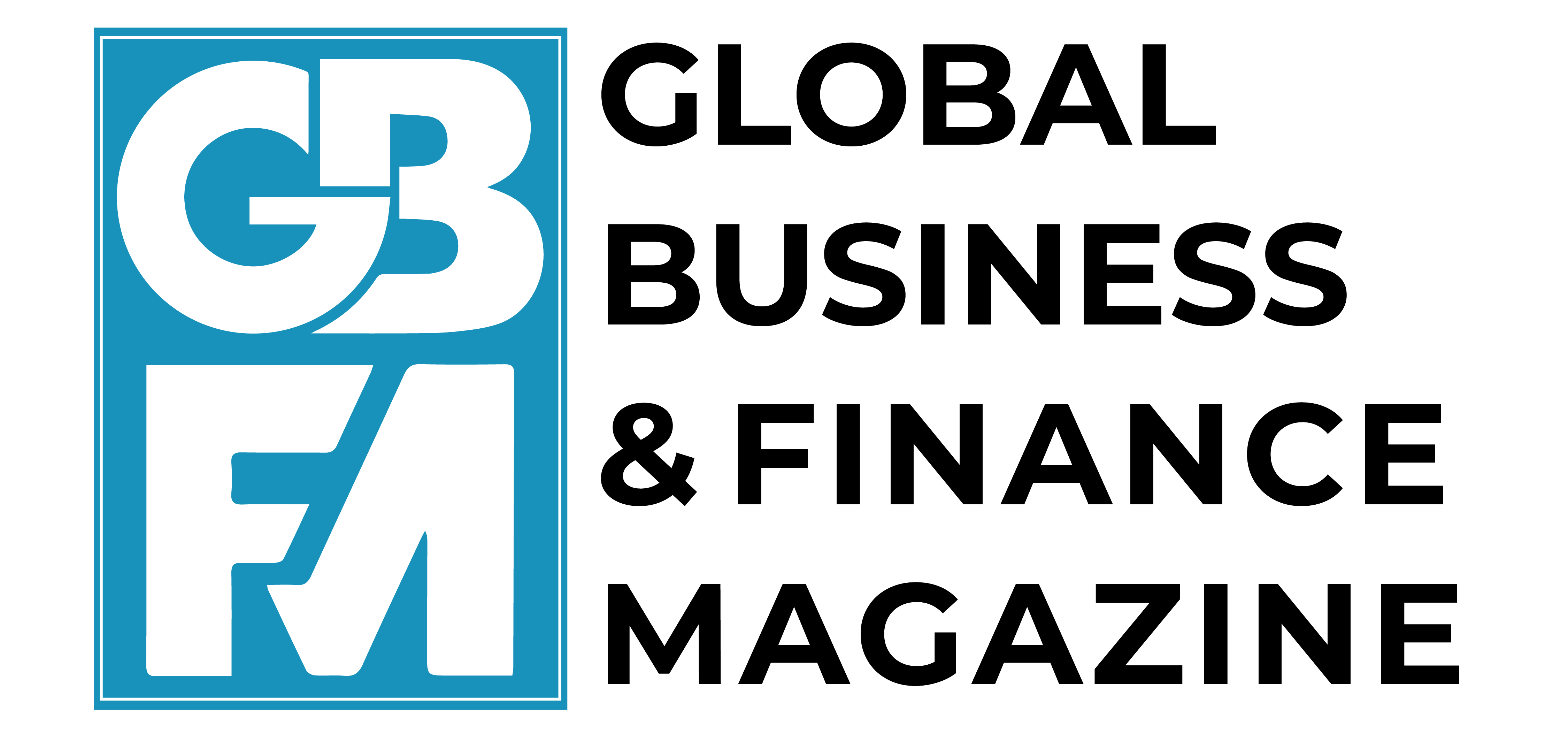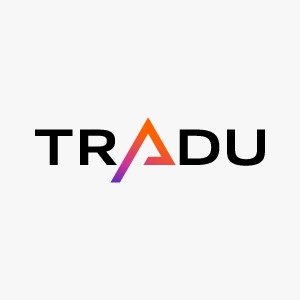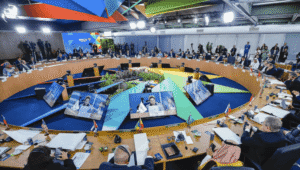Journal editors influence scientific knowledge and research dissemination. But despite work to resolve inequalities and encourage diversity, gender gaps remain on journal editorial boards, especially in finance and economics. This column examines diversity and inclusion on academic editorial boards, focusing on finance journals. Women make up 20% of editors on average, with substantial variance across countries. Editorial affiliations are mainly in the UK and US, mirroring academic hierarchies. Men outweigh women in substructures with central editors or several boards, highlighting the gender disparity in the field.
Journal editors are pivotal in shaping the trajectory of academic disciplines, determining how research is disseminated, and steering the course of scientific progress. Despite efforts by publishers and academics to address inequities and promote diversity, gender disparities remain pervasive on editorial boards, particularly in finance and economics. As Ubilava et al. (2021) point out, the underrepresentation of certain groups – especially women and racial minorities – in academic economics continues to raise significant concerns. Extensive research has explored the evolution of female representation in editorial roles across disciplines, with notable contributions from Addis and Villa (2003), Hatfield and Webb (2015), Topaz and Sen (2016), Bendels et al. (2018), Brown et al. (2022), and Funk et al. (2024).
In a recent study (Bedowska‑Sójka et al. 2024), we investigate how diverse the editorial boards of finance journals are. Our analysis focuses on journals listed in the Chartered Association of Business Schools rating list (Bowling Green State University 2022). We investigate the gender distribution of editors, the concentration of editorial power, and the influence of geographical origins on women’s participation. We study the structure of the boards in these journals, highlighting the differences in gender imbalances across countries at the end of 2022.
Our main findings reveal that women account for only 20% of editorial positions in finance journals, with limited variation across regions. Editorial power is predominantly concentrated in the UK and the US, reflecting entrenched academic hierarchies. As shown in Figure 1, more developed countries tend to have more editors affiliated with them, with English-speaking nations being the most represented among them. In contrast, developing countries, such as Colombia, Egypt, Nigeria, and Pakistan, have few editors, often only one. Similarly, Eastern European countries have minimal or no editorial representation, as seen in Romania and the Baltic states.
Figure 1 Spatial distribution of the number of editors per country


Notes: We use a red-green diverging scale in a decile grouping approach (10 groups) to present the spatial distribution of the editors based on the affiliation country. Dark red stands for the lowest number of editors (1), while dark green stands for the highest (1,506 – US). Due to the high data heterogeneity, the map is centred in the median, 7.
Figure 2 highlights significant gender imbalances in the editor gender ratios across 73 countries, most favouring men. The disparity is evident in leading countries, such as the UK and the US, and even more pronounced in countries lower in the ranking, like Brazil, Mexico, and Russia. Approximately 66% of the countries sampled have an extremely low share of women on editorial boards, with 35 countries having a ratio below 1:10 (women to men). In 18 countries, including Canada, the UK, the US, and Northern Europe, the percentage of women editors ranges from 10% to 31%, indicating slightly better but still limited representation. A few European countries, Australia, China, and others, show a medium share of women editors. Countries like Croatia, Hungary, Kenya, and Malaysia demonstrate higher female editor shares but have a minimal number of total editors. Jamaica and Tunisia emerge as the best performers, but each has only one female editor.
Figure 2 Spatial distribution of the ratio between women and men editors: The box map approach


Notes: We combined the box map with the proportion of female editors in the group of male editors to highlight the significant gender gap. Starting from the classic box map approach, we divide the sample into five groups, but with percentages. For the colour scheme, we use the classic red (women) – blue (men) theme, with different shades of blue for very low proportions of female editors and red for very high proportions of female editors.
To account for the heterogeneity in both the number of editors and gender distribution, Figure 3 presents a decile map. This visualisation further underscores the substantial gender gap in finance-journal editorial boards, with countries grouped into those with low (blue) and high (red) proportions of female editors.
Figure 3 Spatial distribution of female/male editors: The decile approach


Notes: Starting from the classical gender colours (blue – men and red – women), we use the 10 groups given by the deciles to present the spatial dispersion of the share of women editors into the men group. Dark blue represents the lowest share of women, while dark red stands for the highest share of women editors in the men group.
The role of social networks
Social networks play a central role in shaping editorial appointments. Individuals with extensive connections often secure multiple board memberships, which creates systemic barriers for underrepresented groups. This dynamic is particularly evident in finance journals, where male editors dominate key networks.
A similar network approach by Tavares and Sazedj (2022), which studies gender pay gaps among top executives, underscores the importance of equitable networking opportunities. Without deliberate efforts to include women and other marginalised groups, these networks risk perpetuating inequalities.
In Table 1, we present the distribution of female editors based on the number of editorial boards they are associated with. The proportion of female editors decreases slightly as the number of boards increases. For example, women account for 21% of editors sitting on two boards, but this figure drops to 17% for those on eight or more boards.
Table 1 Number of seats taken by editors and chief editors and the proportion of women


Notes: The data indicates the number of editorial boards an individual serves, ranging from 1 to 8 or more. Editors include positions such as associate editors, managing editors, section editors, and other editorial roles. The rows labelled ‘share of women’ and ‘share of women as chief editors’ indicate the proportion of women corresponding to the specific number of board positions mentioned in those columns. Each column is calculated independently for a given number of editor positions, which differ for every group. As such, these percentages do not sum up to 100%.
The table also provides data on chief editors, showing that women represent 16% of these roles, slightly below the average of 20%, with 26 female chief editors out of 160. Additionally, the frequency of serving as a chief editor declines as the number of boards increases, likely due to the significant time commitment required for these positions. Each column in Table 1 is calculated separately based on the specific number of editorial positions, so the percentages do not sum to 100%.
Network analysis uncovers that a small, interconnected group of editors dominates multiple board memberships, further reinforcing existing inequalities. These results align with broader evidence from Card et al. (2023a,b), who document a significant underrepresentation of women in top economic journals, highlighting persistent disparities over the 20th century.
In Figure 4, we illustrate the editorial network, where all nodes are connected, indicating that every editor has co-editors with whom they share board memberships. The strength of these connections, represented by the width of the edges, varies depending on the number of standard boards, with a maximum of five shared boards. Chief editors are highlighted by labelling their nodes with ‘1’, providing insight into the breakdown of editorial hierarchy by gender and network. Interestingly, editors who are highly connected to others (having many co-editors) are rarely chief editors. Among 37 highly connected individuals, six men and one woman serve as chief editors. This observation offers a different perspective from the data in the bottom rows of Table 1, which summarises the distribution of chief editors by gender based on the number of boards they sit on. Together, Figure 4 and Table 1 highlight the dynamics of gender and hierarchy within the editorial networks.
Figure 4 Network of the most connected editors concerning gender and being chief editor


Notes: The dataset is restricted to editors with the highest degree of centrality (top 0.99 quantile). Node size is proportional to the number of boards an editor is on. Node colour indicates gender, with red for women and blue for men. Node labels are 1 for chief editors and 0 for others.
Discussion
Addressing gender disparities in editorial boards requires a comprehensive and multifaceted strategy. Journals should implement transparent, inclusive editorial appointment criteria that emphasise diversity and merit. Gender quotas, inspired by successful practices on corporate boards, could play a pivotal role in achieving balanced representation. Additionally, mentorship and networking programmes tailored to early-career female academics can enhance their professional networks and elevate their visibility in the field. Universities and research institutions must also be active by tracking and reporting diversity metrics, holding journals accountable, and incentivising efforts to improve representation. Such measures are crucial not only for closing the gender and diversity gap but also for harnessing the broader economic benefits of gender diversity, as highlighted by Lagarde and Ostry (2018).
Source : VOXeu



































































